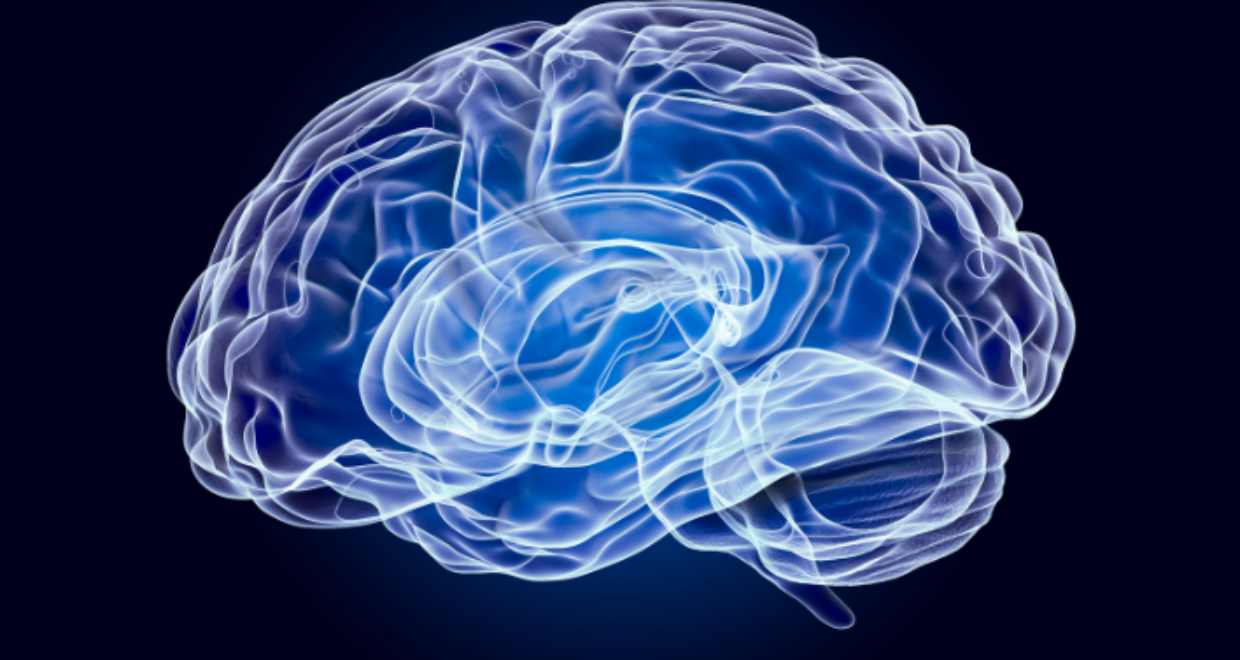Impulsivity Defines the Course of Adolescent Anxiety
The RCPsych Article of the Month for November is ‘Decoding anxiety–impulsivity subtypes in preadolescent internalising disorders: findings from the Adolescent Brain Cognitive Development study‘ and the blog is written by authors Huaxin Fan, Benjamin Becker and Jie Zhang. The article is published in The British Journal of Psychiatry
In recent years our team has been focusing on the relationship between adolescent brain development, cognition, and mental disorders. Prior to the current study, we investigated mental disorders utilizing a large long-term study on brain development with data from over 10,000 children (Adolescent Brain Cognitive Development (ABCD) study) from internalising and externalising perspectives to identify common and distinct pathological profiles of mental disorders. We found that adolescents with internalising disorders and a comorbid externalizing disorder exhibited a distinct pathological profile. However, the group of individuals with internalizing disorders is highly heterogenous and it is conceivable that other factors, such as impulsivity, may shape their everyday strategies to cope with high levels of stress: some focus on problem-solving, while others avoid confronting the issues. In the long run, the former strategy tends to alleviate anxiety, while the latter exacerbates it. Within this context we hypothesized that impulsivity – the tendency to act or decide prematurely and without considering the consequences – may interact with anxiety to shape different subtypes of adolescents with internalizing disorders.
While previous studies and clinical intervention of internalising disorders have paid little attention to impulsivity, we determined subtypes of 2,430 adolescents with internalising disorders from the ABCD study based on impulsivity and investigated the distinct profiles of anxiety-impulsivity relationships, brain development, cognition, and psychopathological progression in the impulsivity subtypes. We further examined genetic and molecular mechanisms underlying the brain abnormalities. We identified two subtypes with high or low impulsivity, and found that they had different anxiety-impulsivity relationships, which may imply that they adopted different anxiety coping strategies. The high impulsivity subtype had a thicker frontotemporal cortex (especially the left pars opercularis located in the inferior frontal gyrus), poorer cognitive performance, detrimental psychopathological progression, and a higher risk of suicide. Their brain abnormalities were genetically related to abnormal immune system functioning and excitatory and inhibitory neurotransmitter systems.
These results emphasize that researchers and clinicians alike need to consider impulsivity variations as an important prognostic factor for the psychopathological and neurodevelopmental trajectories of adolescents with internalizing disorders. High levels of impulsivity may signal the need for early interventions that may aim at supporting adaptive coping strategies of the high impulsivity subtype. The brain region with the most pronounced alterations in this subtype was the left pars opercularis – located in the inferior frontal cortex. This region plays a critical role in emotional and behavioral regulation and as such these domains and this region may be a promising target for behavioral interventions or non-invasive brain stimulation strategies in anxious adolescents with high impulsivity.
This suitably ambitious collaborative study involving leading Cambridge University academics and researchers from several top-tier universities in China, attempts to disentangle subtypes within preadolescent internalizing disorders. Combining several approaches including structural neuroimaging, cognitive measures, and clinical neurodevelopmental assessment the sophisticated investigation employs both cross-sectional and longitudinal analyses to reveal impulsivity-related subtypes. Within highly anxious internalizing children (ages 10-12) a distinction is found between levels of impulsivity and high-impulsivity is shown to be an indicator of poor clinical trajectory. This distinction at such a young age is of potentially of immense important because it may help anticipate emotional and behaviorual difficulties and identify an increased risk of suicide I the future. If this is the case, then this may afford an opportunity for timely intervention and perhaps even prevention. It is thus a must read.
Professor Gin. S Malhi
College Editor & Editor-in-Chief, The British Journal of Psychiatry






